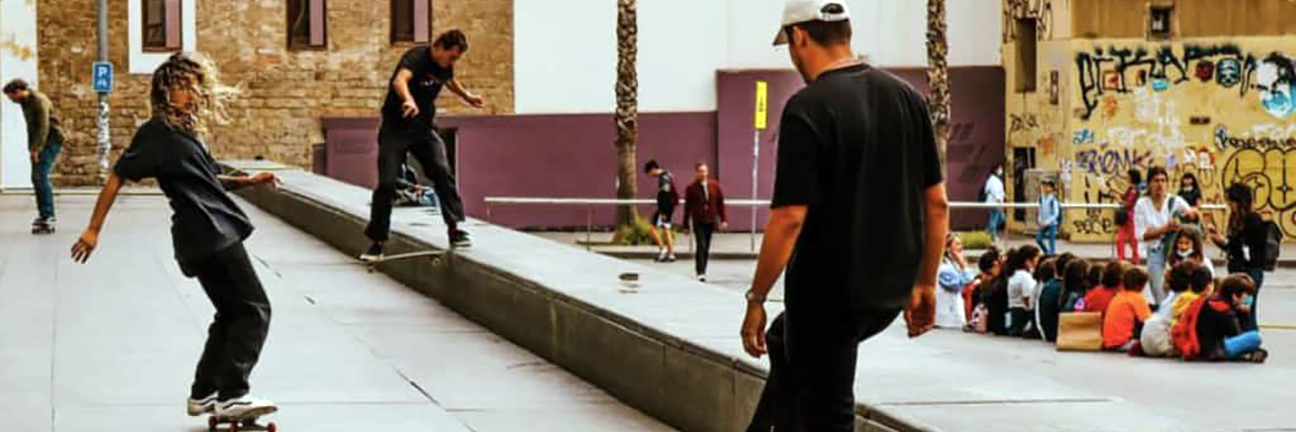In today’s digital age, where screens dominate much of our daily lives, it’s easy to overlook the transformative power of outdoor activities. Yet, the simple act of stepping away from devices and engaging in social, physical pursuits can create ripples of positive change—especially for teenagers. One activity that embodies this shift is skateboarding, a sport that combines creativity, physical fitness, and social connection.
The Benefits of Social Activities Like Skateboarding
Skateboarding is more than just a sport; it’s a gateway to a healthier, more connected lifestyle. When teens replace a fraction of their daily screen time with skateboarding or similar activities, the benefits extend far beyond the skatepark.
1. Improved Mental Health
Physical activity releases endorphins, which reduce stress and improve mood. Skateboarding also provides an outlet for self-expression, helping teens process emotions constructively.
Studies show that outdoor activities can significantly decrease rates of anxiety and depression, a benefit for virtually everyone. Skateboarding amplifies this by fostering confidence as teens master new tricks and skills.
2. Stronger Social Connections
Skateparks are natural gathering places where teens meet, share ideas, and collaborate. Unlike digital communication, these face-to-face interactions build empathy and strengthen social skills.
Teens form groups to skate together, teach newcomers, and even organize community events. These interactions build friendships and develop leadership qualities that carry over into other areas of life.
3. Enhanced Academic Performance
The discipline and focus required to learn and perform skateboarding tricks translate well into the classroom. Teens who skate regularly report better concentration, reduced stress, and increased engagement in their studies.
4. Economic and Community Growth
Outdoor activities like skateboarding stimulate local economies by supporting skate shops, gear manufacturers, and event organizers. Teens also gain employment opportunities, from working in stores to leading workshops.
A thriving skate scene can help boost local businesses and create new spaces for community events, making the city more vibrant and connected.
5. Reduced Screen Dependency
Excessive screen time contributes to social isolation, sleep disruption, and mental fatigue. By dedicating even 30 minutes a day to skateboarding, teens may reduced their reliance on devices, fostering a healthier relationship with technology.

Beyond Skateboarding: A Call to Action
While skateboarding offers a clear example, the broader takeaway is the value of outdoor, social activities in nurturing well-rounded teens. Whether it’s biking, hiking, or team sports, these pursuits provide vital opportunities for physical activity, creativity, and connection.
Parents, educators, and community leaders can reference these examples by encouraging teens to step outside, try new activities, and engage with peers. Programs like The Ride Is the Reward—which promote even small reductions in screen time—can have a transformative impact on teens’ lives.
A Balanced Future
The key to fostering thriving teens isn’t eliminating technology but finding balance. Outdoor social activities like skateboarding remind us that human connection, physical movement, and creativity are essential to a fulfilling life.
As teens zip, swish, and zoom through skateparks, they’re not just mastering tricks—they’re building the skills, resilience, and relationships that will carry them through life.
Let’s give more kids the chance to ride toward their full potential. After all, the rewards are worth it.
